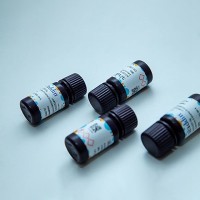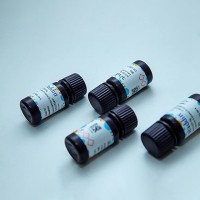Measurement of Free [Ca2+] Changes in Agonist-Sensitive Internal Stores Using Compartmentalized Fluorescent Indicators
互联网
互联网
相关产品推荐

Recombinant-Danio-rerio-Green-sensitive-opsin-1opn1mw1Green-sensitive opsin-1 Alternative name(s): Green cone photoreceptor pigment 1 Opsin RH2-1 Opsin-1, medium-wave-sensitive 1
¥11886

STING agonist 3,Moligand™,阿拉丁
¥3999.90

Earle's Balanced Salt Solution (with Ca2+ & Mg2+, 自噬诱导试剂),阿拉丁
¥90.90

DNase I (RNase Free),1000 U,阿拉丁
¥537.90

Endo-β-Galactosidase, Bacteroides fragilis, Recombinant, E. coli,Endo-β-Galactosidase, Bacteroides fragilis, Recombinant, <i>E. coli</i>, hydrolyzes internal β-galactosidic linkages of oligosaccharides in poly-N-acetyl-lactosamine structures.,阿拉丁
¥4867.90
相关问答

